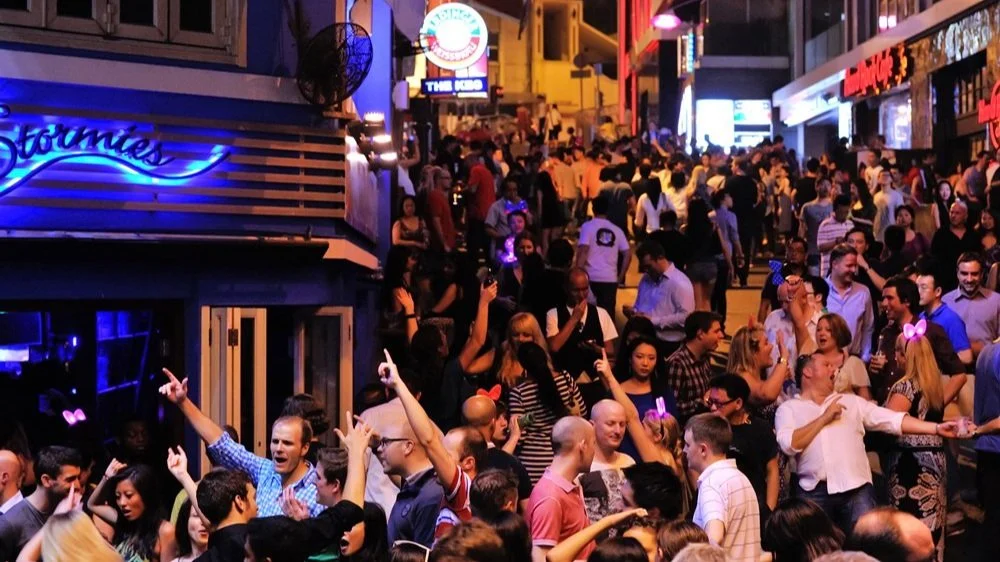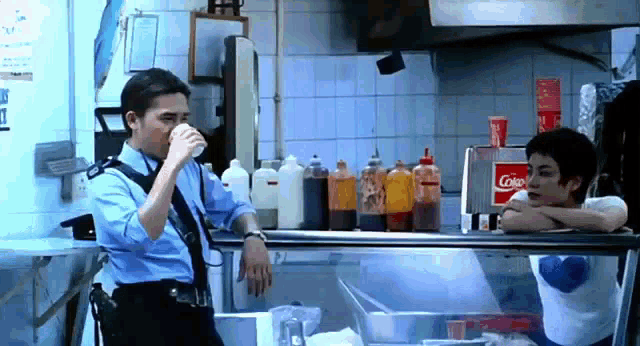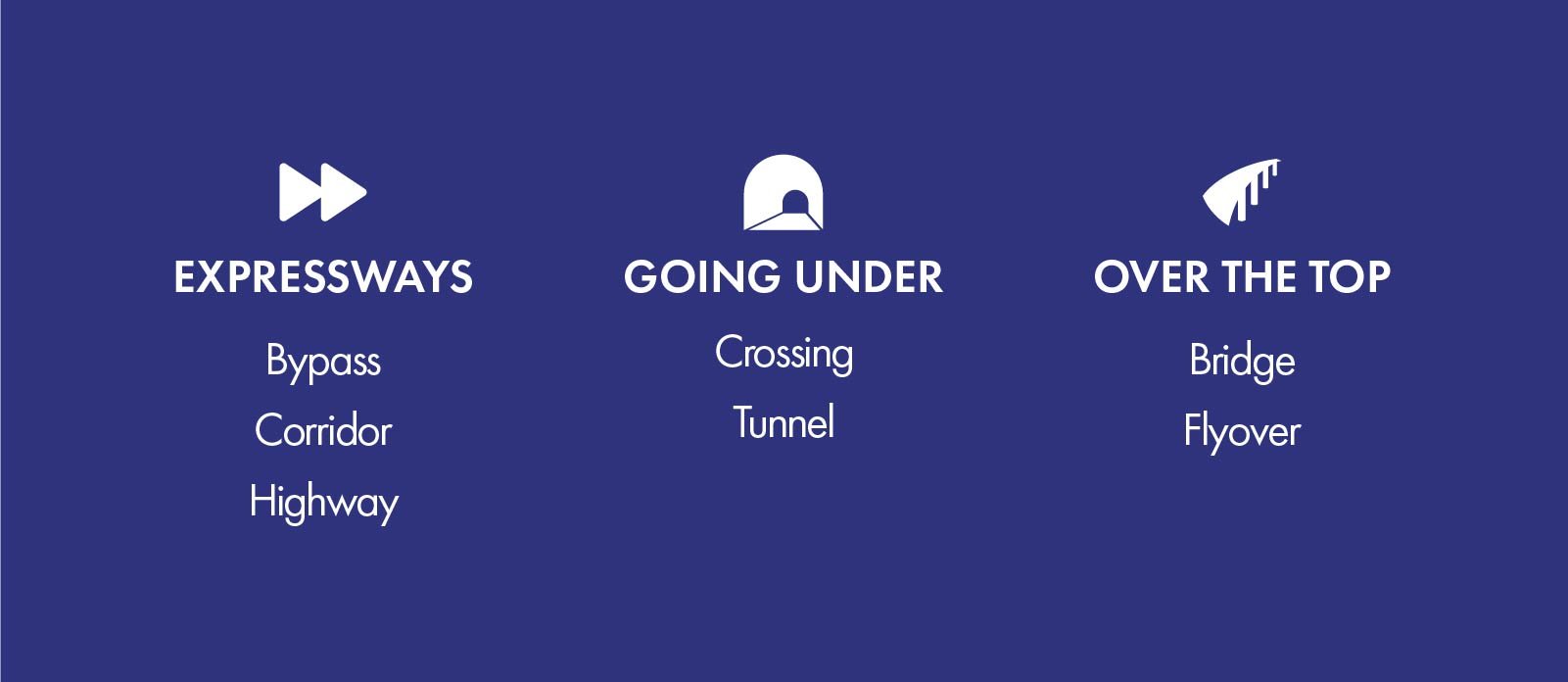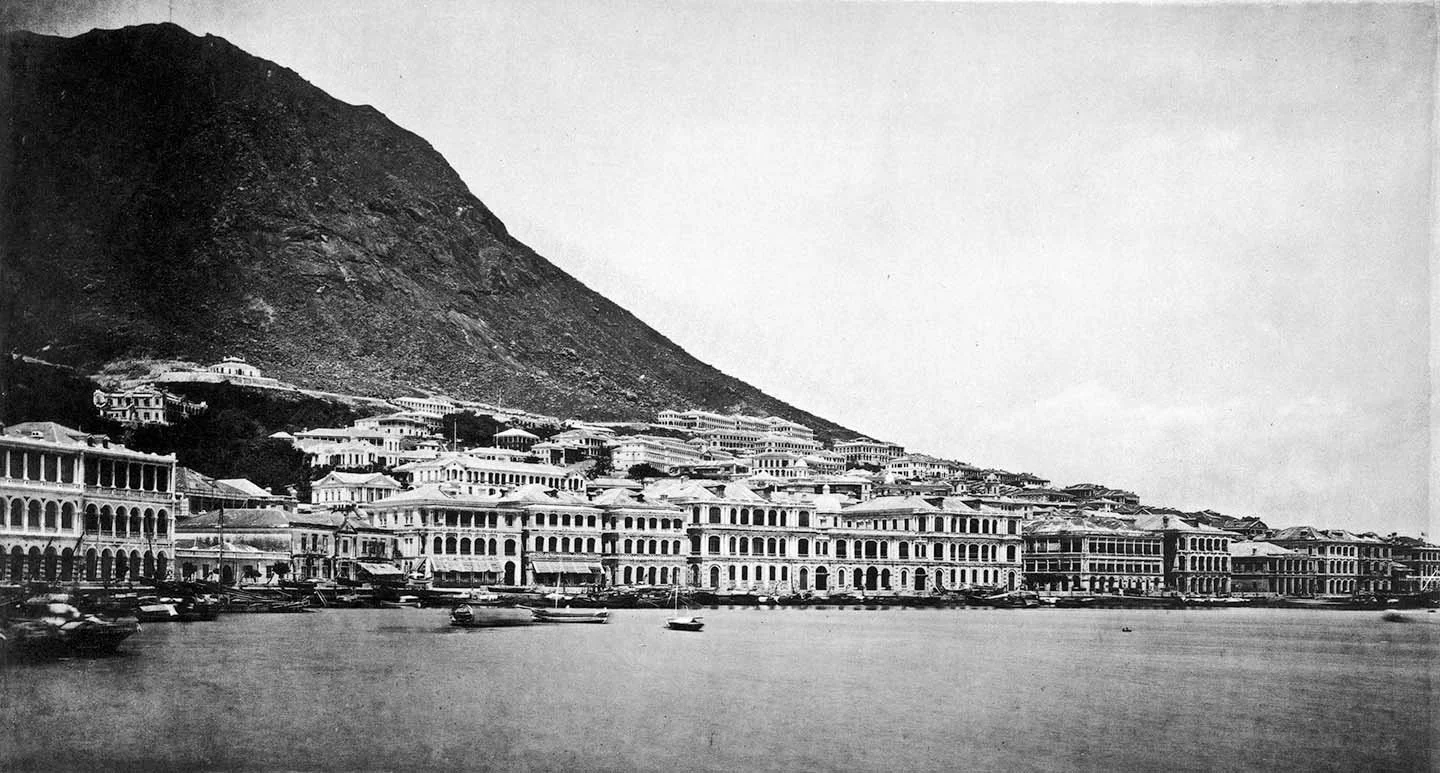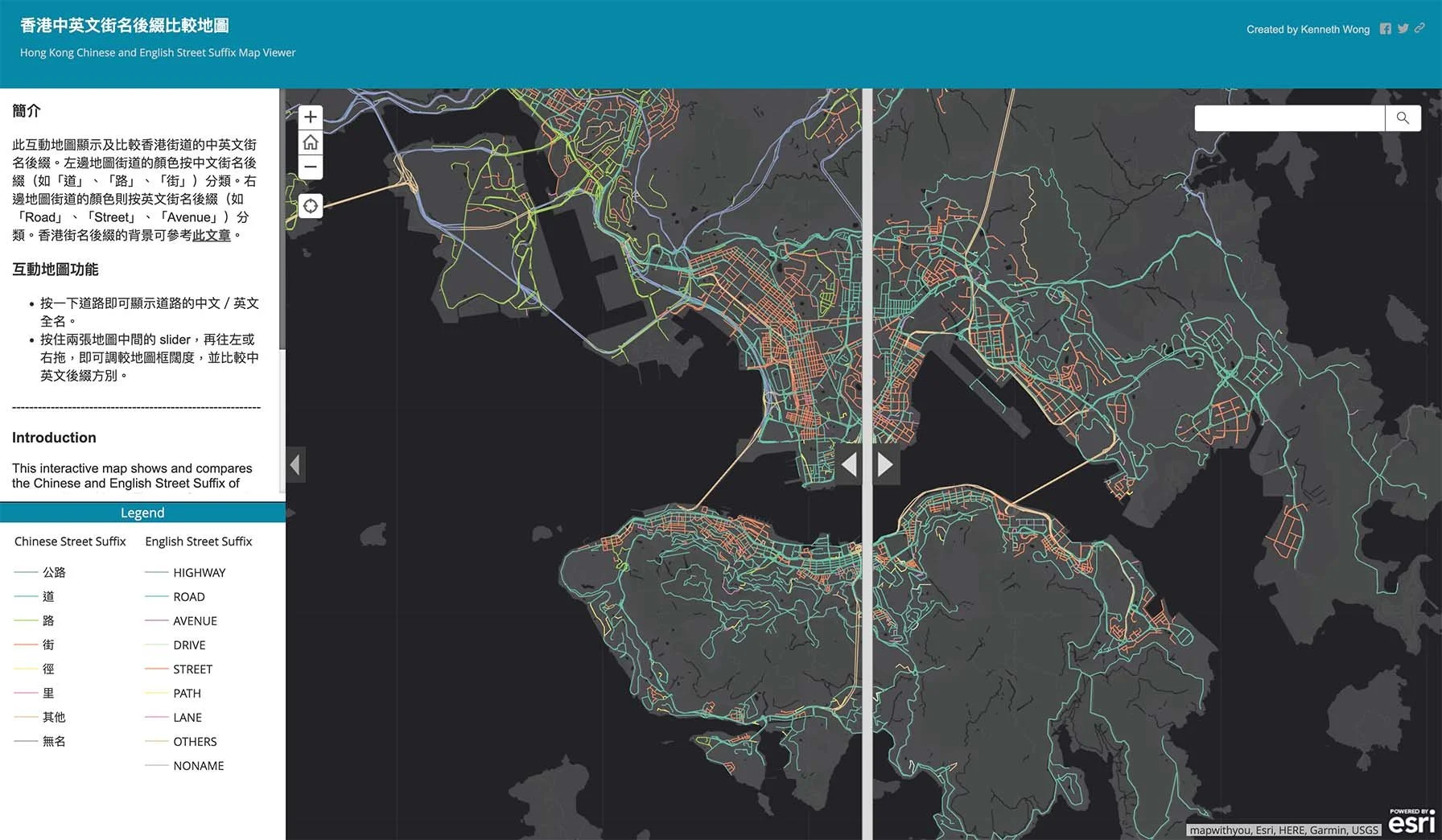The F in LKF
The 51+1 ways to describe thoroughfares in Hong Kong
WTF is the F in LKF?
If you are somewhat familiar with HK, there’s a good chance you would have heard of Lan Kwai Fong (LKF) - the world-infamous nightlife district where Hongkongers, tourists, and expats party all night and have one too many vodka jelly shots. The area is defined by D'Aguilar Street and Lan Kwai Fong, a smaller cobble-stoned lane.
The meaning of 'Fong' may not be obvious to non-Chinese speakers. ‘Fong’, like streets and roads, is one of 51 suffixes/prefixes used in HK throughway naming. It is the Cantonese transliteration of 「坊」, which refers to a small lane adjacent to an open space.
Love and Lost: Where many things could happen in one night…
Before getting in the mood for love: A large portion of Chungking Express was filmed in LKF (let’s pretend this is not an excuse to include Tony Leung here)
Beyond Streets and Roads
While there are no laws on thoroughfare naming in HK, guidelines on thoroughfare naming and suffix translation were published in the 1950s/60s and they are still being referenced by the Lands Department. The lack of regulation of thoroughfare suffixes makes the naming system in HK one with many quirks.
Not all thoroughfares in HK have a suffix. One thoroughfare in the New Territories has a prefix rather than a suffix and there are four thoroughfares with no prefixes nor suffixes at all.
The One with a Prefix
Broadway (Mei Foo)
Glenealy (Central)
Queensway (Admiralty)
Smithfield (Kennedy Town)
The Ones with Nothing
88% of all the thoroughfares in HK are suffixed with ‘streets’, ‘roads’, ‘lanes’, and ‘paths’. In addition to suffixes that describe the thoroughfares’ function, some are named for their shape and geographical attributes.
The Big. The Small. The Inbetweeners.
Ones with a View
The Quick. Over the Top. Going Under.
Circles, Squares, and Going Nowhere
The Local Way
HK Island, Kowloon, and the New Territories have distinct thoroughfare suffixes based on their history, urban development, and geography.
Despite its small size, HK Island has the most versatile thoroughfares with 35 suffixes compared to 25 in Kowloon and the New Territories. Considering that it was the first territory ceded to Britain in 1842, thoroughfares were probably named at random with little guidelines. Kowloon, as the densest populated territory, has the highest 'street' proportion despite having the least number of thoroughfares. Covering 86% of HK’s territory, the New Territories has 2.6 times the number of thoroughfares as HK Island / Kowloon.
From Europe With Love?
Praya Central in Hong Kong, taken around 1873
HK has always been a multicultural society since its colonial days. It may surprise some to learn that some suffixes have Portuguese, French and Italian influences along with influences from Britain.
As the first area of planned urban development in HK, many thoroughfares in the Central & Western District display British influence with suffixes such as court, view, walk, strand, place, row, alley, which were commonly used in Britain at the time.
‘Praya’, derived from the Portuguese word ‘praia’ (beach), like ‘bund’ in Shanghai, refers to a promenade. The Portuguese influence was likely from our neighbour Macau, a former Portuguese colony.
Season Villa, Not France
You may think you need to travel to Chamonix to see 'rue' (French for street) and 'viale' (Italian for 'road') close together. Fret not, they exist in the New Territories too and the reason behind the naming is ever so quintessentially HK.
Thanks to Eurocentrism, property developers often name their luxury projects with vaguely European names as they ‘evoke a feeling of European charm or romance and a sense of superiority’ which is favoured by homebuyers. What is not so superior is that 'viale' is used as a suffix in HK rather than a prefix, as it should be in Italian.
One of the two ‘Wai’ in HK
Canto Accidents?
In addition to ‘Fong’, there are only two other suffixes that are transliterated from Cantonese – ‘Wai’ 「圍」(Circuit) and ‘Toi’「台」(Terrace). There are 12 ‘Fong’ exclusively located on HK Island, with most of them in the Central & Western District. ‘Wai’ and ‘Toi’ are a bit of a mystery as to why transliterations were used rather than ‘Circuit’ and ‘Terrace’ as there are only three thoroughfares with these two suffixes.
Thoroughfare Distribution in Different Areas
Going All The Way(s)
Explore thoroughfares in different districts below
but wait, there’s more!
If you fancy a deeper dive into this topic, please check out this analysis on the distribution and relationship of street suffixes across Chinese and English as well as this interactive map.
Many thanks to Kenneth Wong for letting me include his work here and please check out his awesome blog for more fun stuff on urban data stories.
